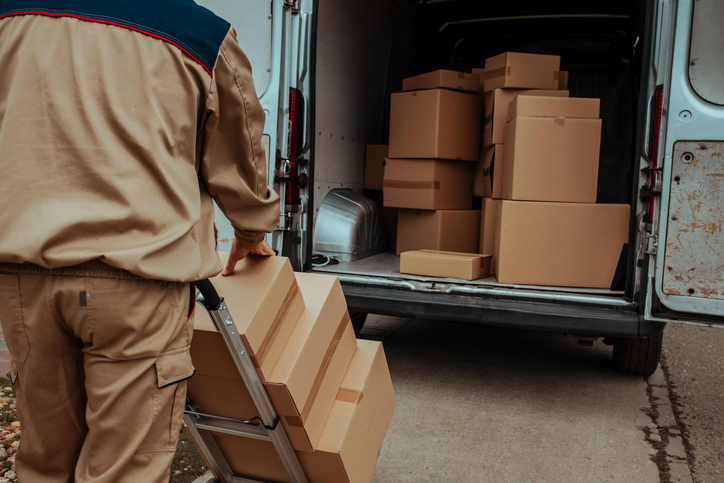
How Modern Brands Are Future-Proofing Their Shipping Tech for Peak
by Lori Boyer

Legacy systems have a way of hiding their flaws—until peak season hits.
Manual exports, disconnected plugins, brittle portals—they may limp along during slower months. But under peak pressure? They crack.
And the stakes are higher than ever this year. A full 88% of businesses say their legacy systems are holding them back from growth and efficiency. In Peak 2025, those cracks can turn into margin losses, delivery delays, and customer churn.
How big brands are adapting
Tesco offers a clear example of the benefits of modernizing. The global retailer invested in AI-powered delivery optimization, which has already delivered measurable gains: reduced transport miles, lower fuel costs, and improved delivery consistency
But this wasn’t about ripping out their entire stack overnight. Tesco focused first on modernizing high-friction shipping processes—like optimizing carrier selection and routing with real-time data. By tackling these areas first, the company gained flexibility and resilience—critical capabilities for handling peak volatility.
How smaller brands can adapt
Modernizing doesn’t have to be a massive transformation. In fact, small, targeted improvements can deliver big gains quickly:
- Automate rate shopping so carrier selection happens in real time—not via static rules or manual processes.
- Streamline label generation, tracking, and claims so these workflows flow automatically through your stack.
- Look for API-first tools that integrate cleanly with your existing systems—no brittle plugins required.
- Leverage AI and real-time data to optimize decisions and adapt as peak conditions shift.
Bonus: modernizing your stack also supports sustainability goals. Smarter packing, optimized carrier selection, and fewer transport miles all contribute to lowering your environmental impact—a growing priority for both consumers and stakeholders.
Why this matters
When systems can’t flex, you lose margin—and customer trust.
In Peak 2025, brands that modernize key parts of their shipping stack will:
- Execute faster and with fewer errors
- Adapt more easily to shifting carrier and demand conditions
- Maintain service levels even under peak strain
- Unlock cost and sustainability gains that persist beyond peak season
Modernization doesn’t have to be massive—but it does need to happen now. Peak 2025 will expose brittle systems—and reward brands that invested in flexibility and intelligence.
Want more strategies? Download our free ebook: Why Peak 2025 Is Different—And How Leading Brands Are Adapting → [Download the ebook]